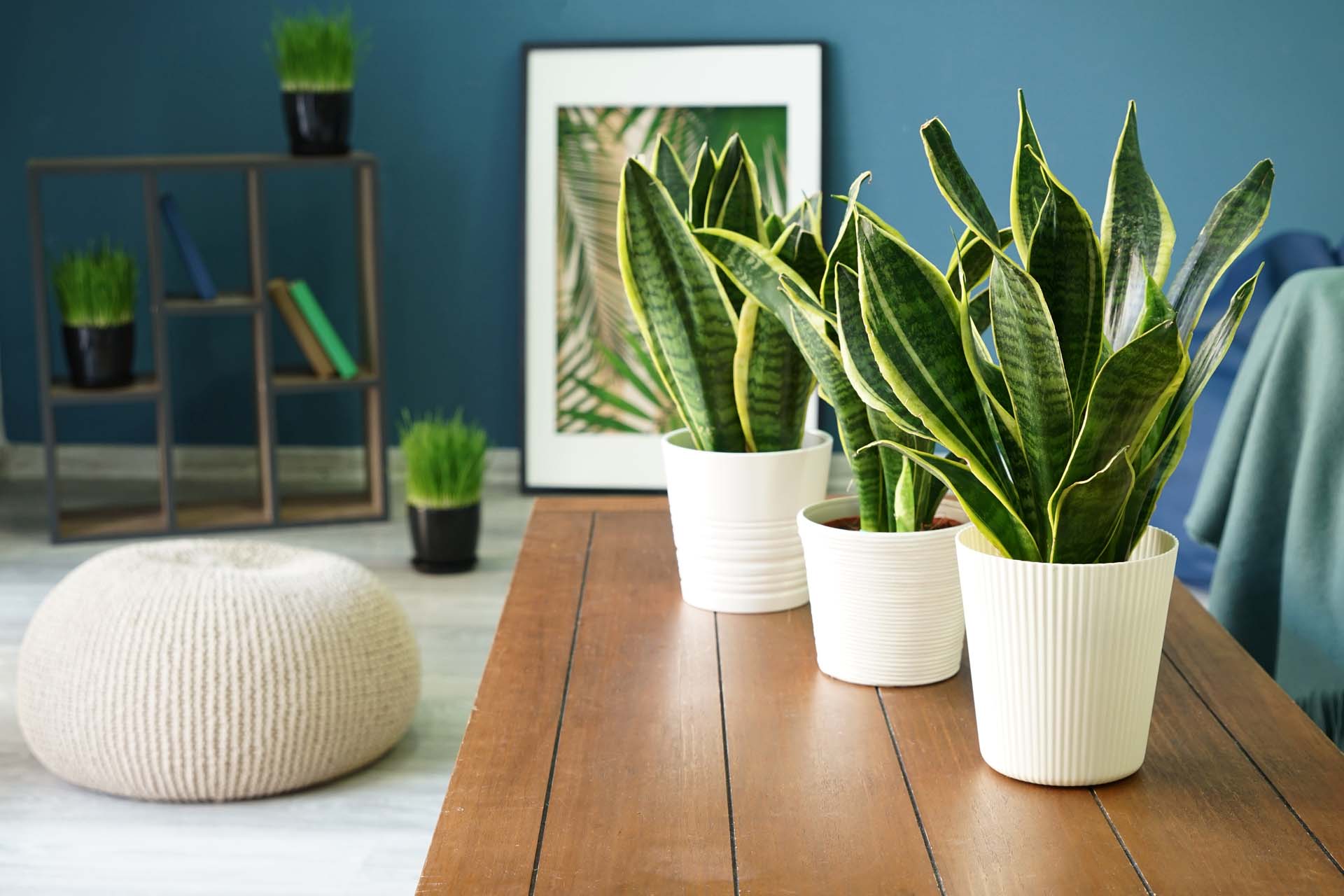
Over recent years, there’s been a resurgence in the popularity of houseplants. I, for one, have invested in a few green lovelies, and have even grown some from cuttings. But I didn’t know until recently that houseplants can help prevent mould.
That’s surely good news as we move into the season of turning the heating on, drying clothes in doors and closing the windows to keep out the cold. All of these actions intensify the amount of moisture present in our homes, which can lead to condensation and the formation of black mould.
We asked the experts to give us their recommendations for plants that can help combat mould and reduce excess moisture in your home.
An elegant specimen with a beautiful flower
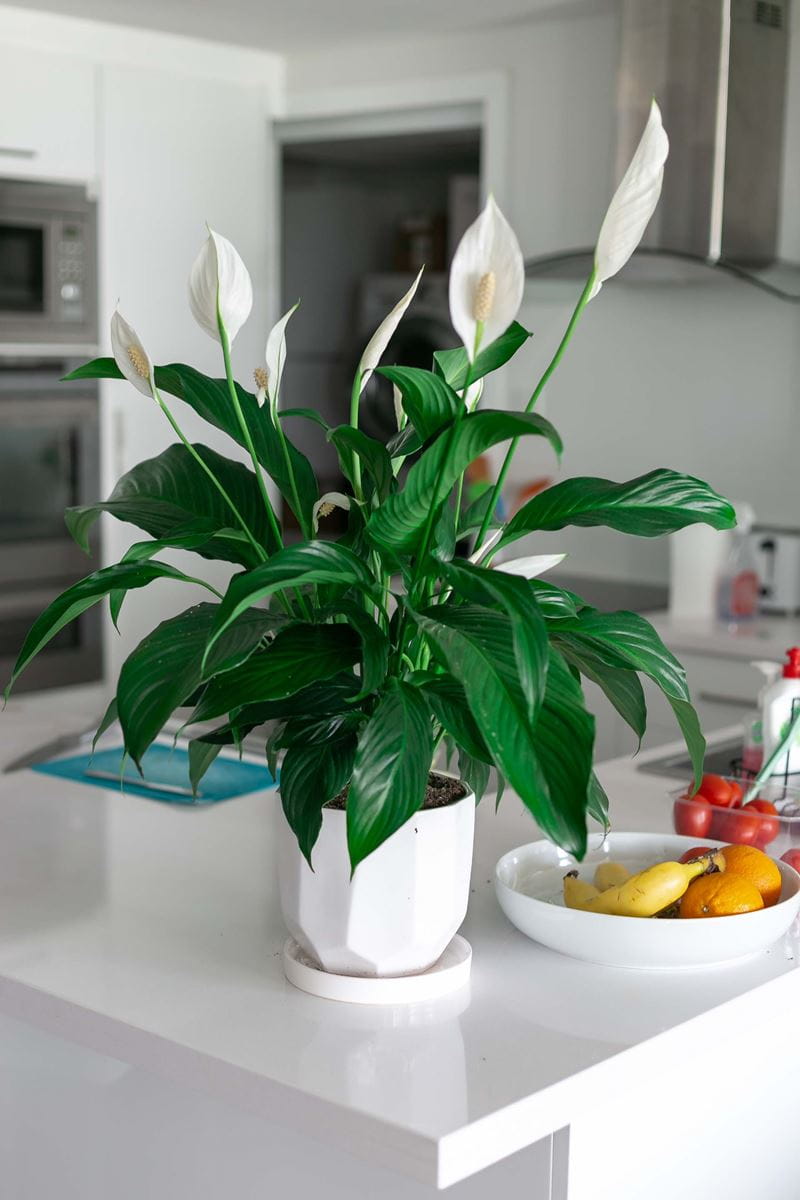
When looking for plants to help reduce moisture in the atmosphere, Patty Eillems, PR manager at elho, a recycled pot company, says: “The key is to think about a plant’s environment in the wild. The peace lily, for example, can be found on the floor of humid rainforests naturally, so they are well-equipped to absorb extra moisture in the air.”
And according to Julian Palphramand, head of plants at British Garden Centres: “These beautiful plants, also known as Spathiphyllum, not only enhance the appearance of your room with their stunning white flowers, their leaves are also great at eliminating moisture from the air.”
Emily Lawlor, owner of Happy Houseplants, says: “A lot of people assume that tropical plants must like full sun, but generally with rainforest plants, that’s not the case – the forest provides lots of shade, so many plants prefer not to be in the full glare of the sun.”
As Palphramand explains: “They thrive in semi-shade during the summer and bright light during the winter, with a minimum temperature of 13°C (55°F). They also benefit from occasional misting to increase humidity.”
However, do take care if you’re a pet owner. Eillems warns: “Peace lilies are not pet-friendly plants, as they are toxic to cats and dogs, so keep them out of their reach.”
Perfect for bathrooms

A Boston fern is an ideal plant to place in a bathroom, as it will thrive in areas of high humidity prone to developing mould and mildew. “This woodland-dwelling plant will help take the edge off the steamy post-shower atmosphere,” says Eillems.
“In moist climates, the Boston fern absorbs air moisture naturally, balancing indoor humidity levels,” says Nigel Bearman, CEO and managing director at Daily Poppins. And it’s simple to look after, too. “Indirect sunlight and regular watering are all it needs to survive,” he adds.
For a low-maintenance option
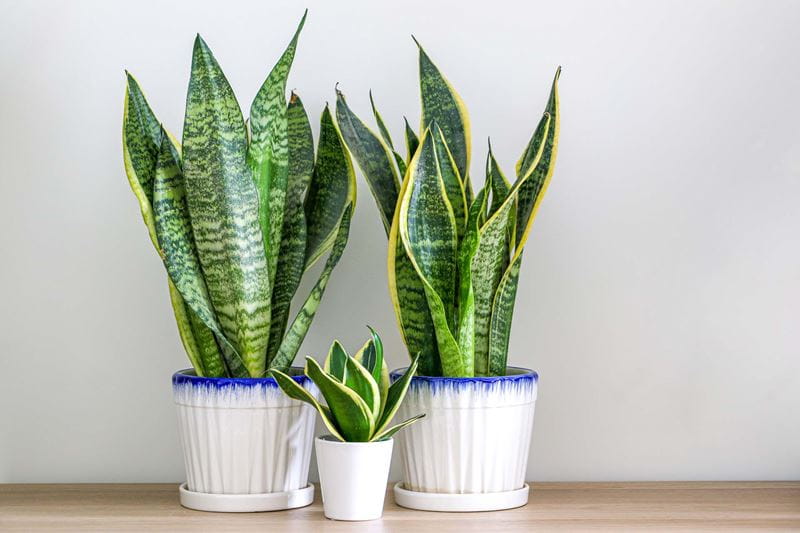
Sometimes known as mother-in-law’s tongue or viper’s bowstring hemp, this striking architectural plant is super- easy to look after, making it a perfect low-maintenance plant to help reduce mould.
They are known for their ability to tolerate drought and can survive in low-water conditions, meaning they only need watering once every 2-8 weeks, and they’ll need less water during the winter as they are not actively growing.
And it’s highly recommended by our experts. Bearman says it’s a hardy plant that grows well in most climates, while Eillems says it’s ideal for those new to houseplants: “The snake plant is a low-maintenance option that requires little care. It only needs watering every few weeks and doesn’t need much sunlight to thrive – perfect for dark and potentially damp corridors or rooms.”
However, if you place the plant in an area of low light, Lawlor says “it will be slower to grow and will have fewer leaves.”
Helps to remove mould and other airborne pollutants
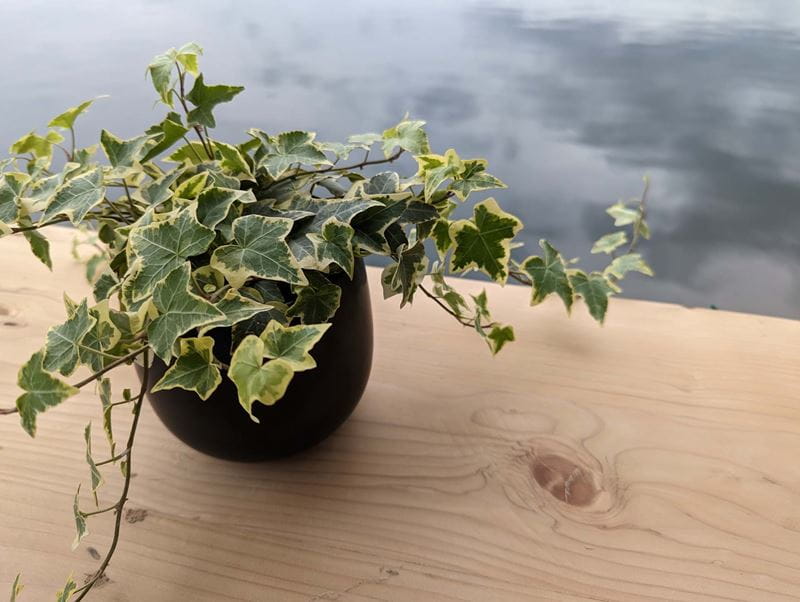
Often planted outside and known for its ability to climb trees and brickwork, English ivy also makes a lovely indoor plant, according to Patch Plants.
English ivy can be placed in any room in the house, but within a steamy kitchen or bathroom, it can help “reduce airborne mould and other unpleasant nasties,” says Bearman. “Ideally, it should be grown in bright, indirect light and watered regularly,” he adds. If not, its leaves will turn brown and drop, reducing the plant’s ability to absorb moisture. And to keep this plant at its peak, it will benefit from a gentle misting every few days.
But Bearman warns to take care if you have pets: “They should not be allowed to consume its leaves, as they are poisonous.”
If your kitchen and bathroom space is limited and you lack windowsills or shelving, English ivy is perfectly happy placed in a hanging pot, which can be suspended from the ceiling.
Add a tropical touch

Looking for a plant that makes a statement? You can’t go far wrong in choosing a palm. Apart from “providing a touch of the tropics,” says Palphramand, “it will aid in preventing mould”.
“These plants are particularly effective at controlling humidity levels, as their leaves absorb excess moisture,” he adds.
Lawlor recommends the areca palm for its humidity-lowering benefits and says: “This palm does not just have style, according to Nasa’s Clean Air Study, the houseplant is one of the best for air purifying!”
According to London florist Blooming Haus: “The areca palm is not only a very aesthetically pleasing plant, but it also removes many of the toxins that Nasa tested and produces a large amount of oxygen.”
Apart from the areca palm, Palphramand also recommends the lady palm, dwarf date palm and reed palm, adding: “They are easy to care for, are shade- tolerant and will thrive in well-drained soil.”
And take care to plant in the right-size pot – they prefer to be snug rather than roomy.
Nasa’s Clean Air Study was designed to explore natural and effective ways to purify the air in small and unventilated spaces such as space stations.
They absorb moisture through their leaves
“Houseplants don’t just make the home look more attractive and bring nature into our daily lives, they also offer a wide range of other benefits. It’s widely known that having houseplants around us can reduce stress levels, improve sleep, and boost creativity, but not many know that they can also help prevent mould from developing indoors,” says Eillems.
“This is because they absorb moisture through their leaves, which the plant then uses as it would when absorbing water through the soil and roots. Less moisture in the air means there is less chance of mould developing,” she adds.
“You don’t need a whole forest of plants in your home to help reduce mould levels,”, says Bearman. As a guide, he suggests for simple preventative measures that “one plant in each high-priority room, such as a bathroom or kitchen, should help to prevent any excess growth and keep the toxic pores at bay”.
Planting-loving Eillems advises that it also depends on the type and size of the plant, and adds: “One thing is for sure – the more houseplants in any room, the merrier!”
Although houseplants can help prevent mould from developing, they shouldn’t shoulder all the responsibility. “Proper circulation and ventilation in the home is the most effective way to prevent the problem in the first place, and dehumidifiers are also worth adding to particularly damp rooms,” says Eillems.
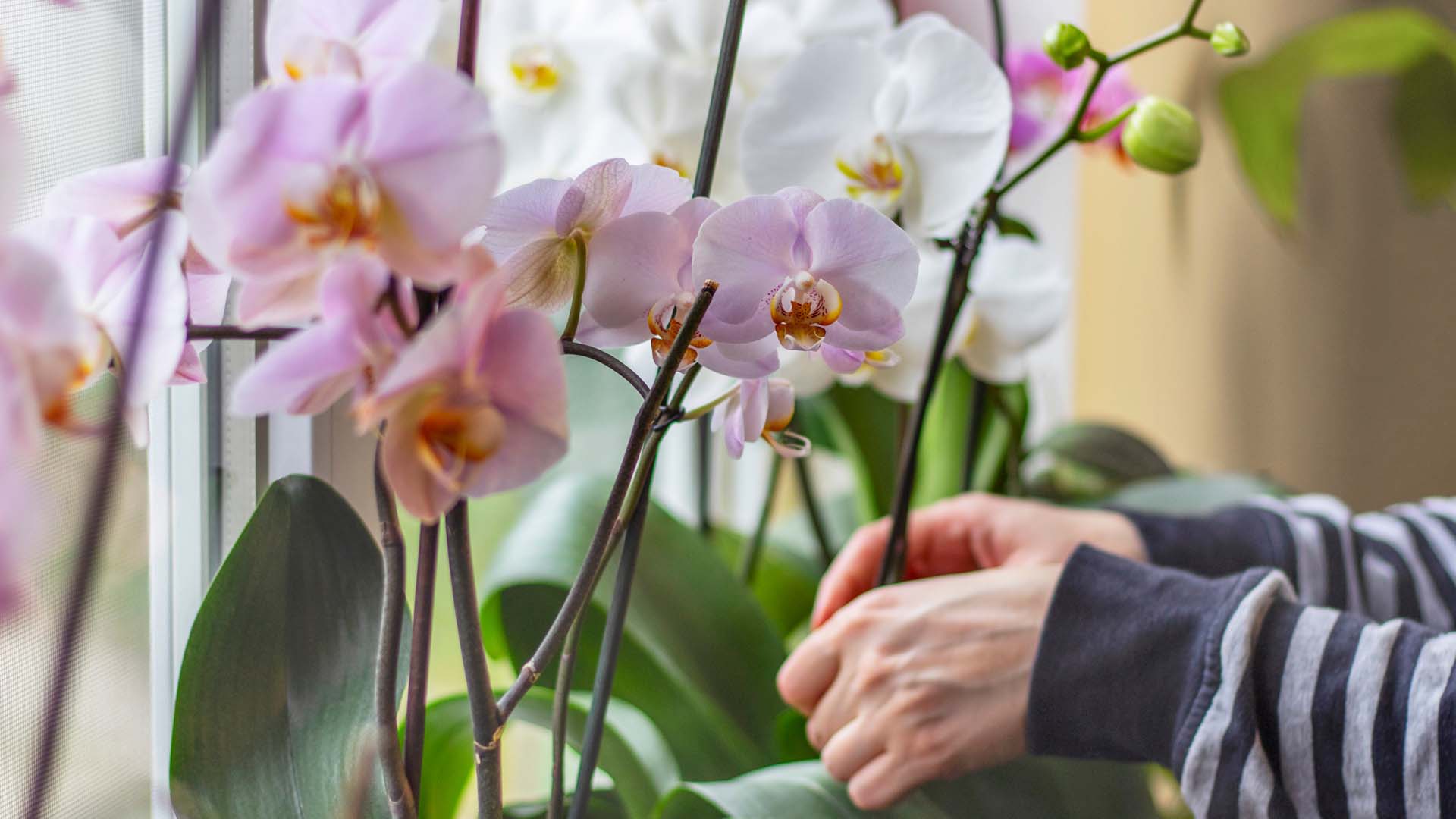
Our expert pruning and watering hacks include a top tip to keep them flowering from Alan Titchmarsh.
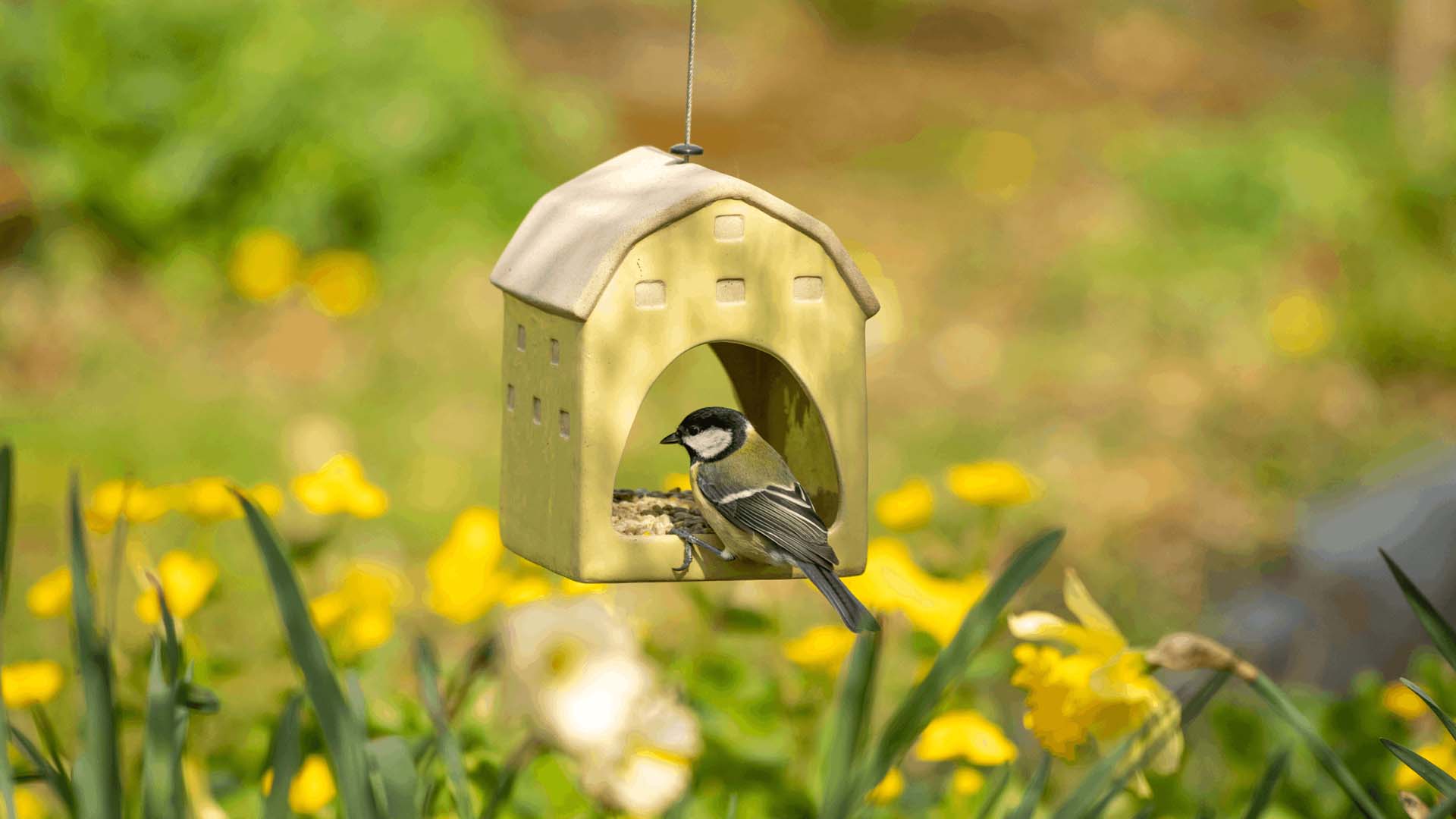
Don’t make these bird-feeding mistakes. Expert advice on how to feed birds in your garden safely.
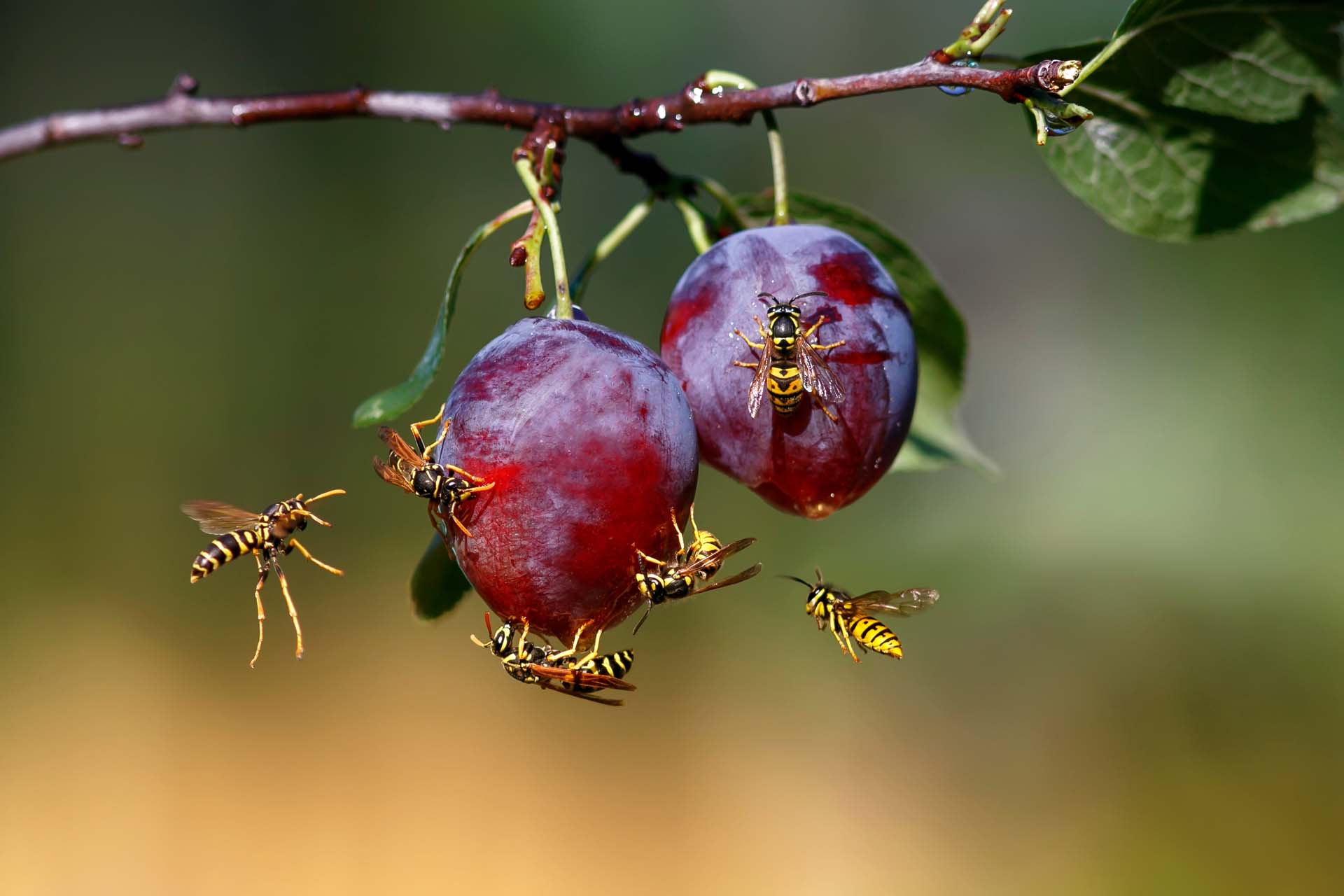
Blighted by buzzing? How to keep wasps out of your garden without harming them so you can enjoy the summer.
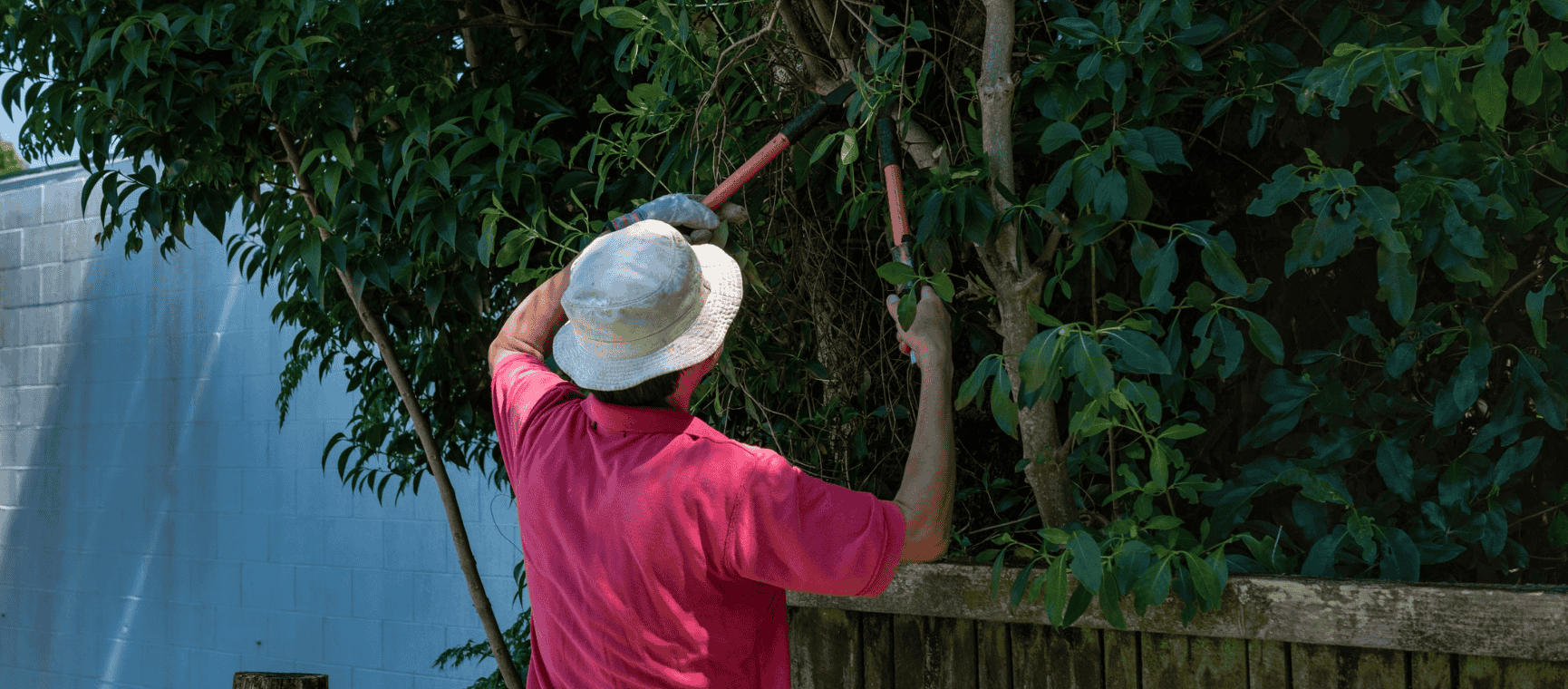
The ways you could be breaking the law in your back garden - with expert advice on how to avoid neighbour disputes, a fine or even a prosecution.
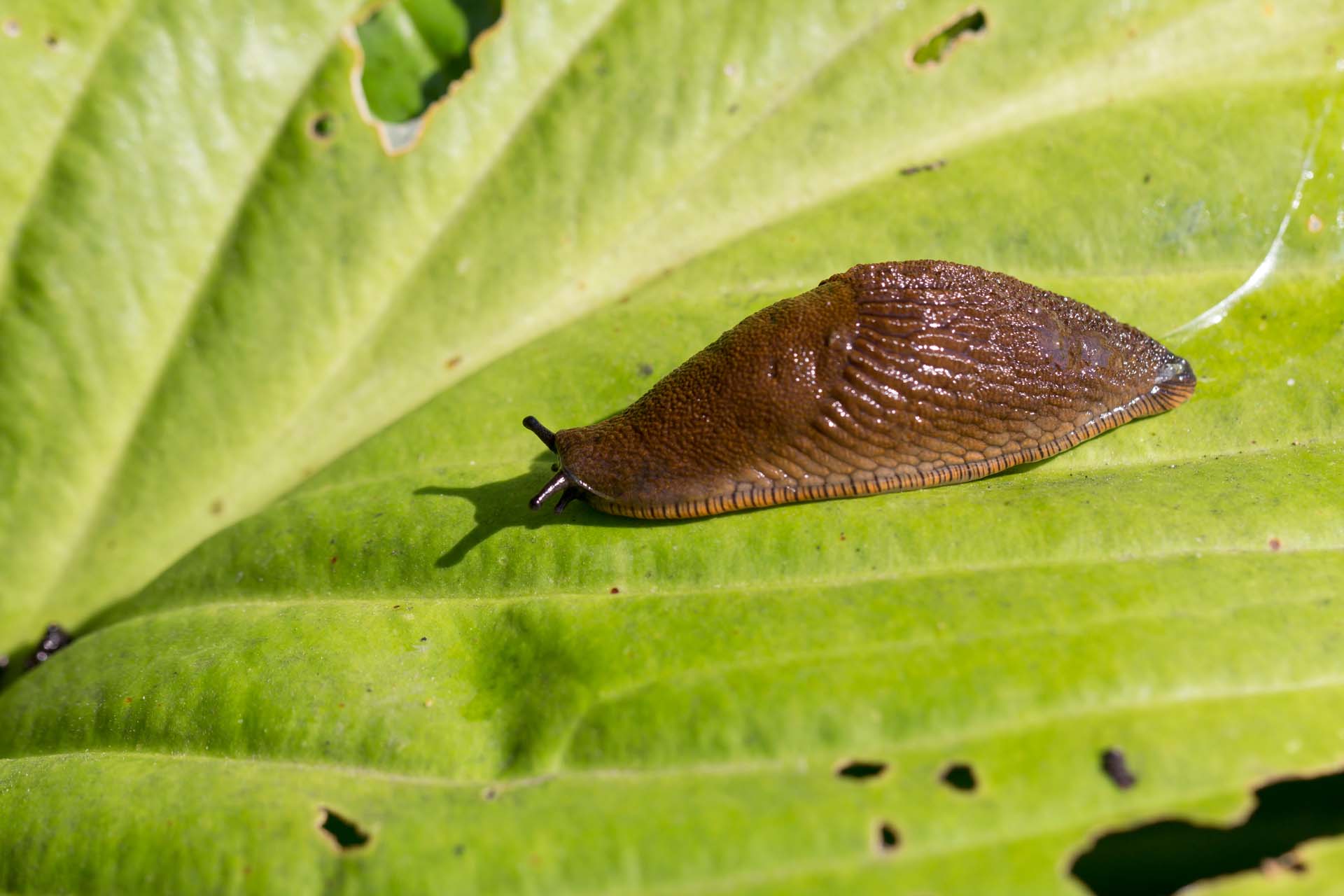
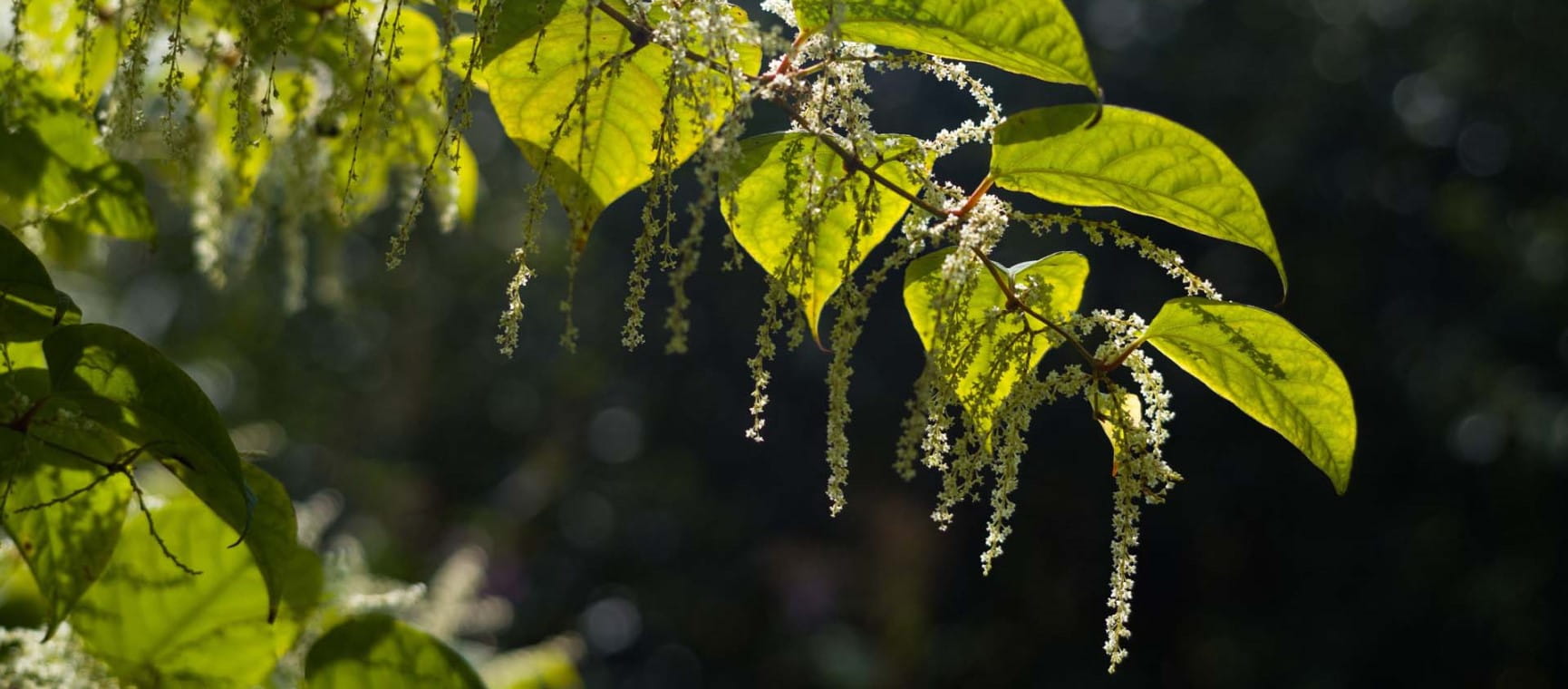
Everything you need to know about Japanese knotweed, the fast-growing plant nobody wants in their garden.